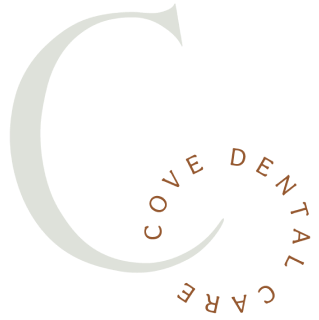105 Sheringham Dr Easley, SC 29642

Alleviating Jaw Pain and Discomfort in Easley, SC
About TMJ Disorder
Causes of TMJ
Several factors can lead to the development of a TMJ disorder. Among the most common is teeth grinding and clenching, known as bruxism, which strains the jaw joints and associated muscles, particularly under stress. Arthritis contributes by breaking down the joint disc, impeding smooth jaw movement. Trauma to the face or jaw alters jaw tracking and bite alignment. Additionally, an uneven bite can cause TMJ disorders, as it distributes pressure unevenly and disrupts smooth jaw movement, leading to irritation and wear over time.
Improving your bite through methods like Invisalign can help prevent the issue from worsening. Invisalign aligners gradually shift teeth using clear trays, which should be worn for at least 22 hours daily for optimal effectiveness. Since every smile is different, it's essential to consult with a team member to determine the most suitable treatment plan for you.
How to Treat TMJ
Patients experiencing mild jaw pain and headaches from TMJ disorders may respond well to gentle interventions. Jaw and facial exercises, along with stress management techniques, can alleviate TMJ symptoms. Additionally, consuming soft foods and applying a warm compress to the jaw can provide relief for mild TMJ symptoms.
For those with moderate TMJ issues, Dr. Carraway suggests the use of nightguards. These custom-made aligners act as protective barriers for the teeth, preventing grinding and enamel wear. Nightguards also promote a more comfortable jaw position, reducing jaw pain. By wearing a nightguard while sleeping, patients can alleviate headaches, jaw pain, and tooth wear associated with TMJ disorders.
The History of TMJ Disorder
Observations and Limited Understanding
19th Century: Early Medical Insights
20th Century: Evolution of Diagnosis and Treatment
In the 20th century, there was notable advancement in comprehending and managing TMJ disorder. Dentists and physicians collaborated to refine diagnostic techniques and therapies. The advent of radiography and imaging enabled enhanced visualization of the joint's anatomy and operation.
During the mid-20th century, diverse treatment methods emerged, spanning from dental splints and exercises to more invasive procedures. However, understanding of the root causes of TMJ disorder remained incomplete, leading to variations in treatment efficacy.
In the late 20th century, significant strides were made in TMJ disorder research.
As medical and dental sciences progressed, researchers explored the mechanisms and origins of TMJ disorder in greater depth. It became clear that several factors, including bite misalignment, muscle tension, stress, and anatomical irregularities, could play a role in the condition. This multifaceted comprehension laid the groundwork for more personalized treatment strategies.
Advanced diagnostic methods, such as sophisticated imaging technologies and electromyography, allowed practitioners to analyze jaw movement and muscle function more effectively. These tools facilitated the identification of precise factors contributing to TMJ disorder, informing treatment plans accordingly.
In the 21st century, a holistic and collaborative approach has defined progress in treating TMJ disorder.
In recent times, the management of TMJ disorder has shifted towards a holistic approach, addressing physical, psychological, and emotional factors that influence symptoms. Collaboration among dentists, orthodontists, physical therapists, and mental health professionals is now crucial for comprehensive care.
Technological advancements have facilitated the creation of sophisticated treatment methods. Computer-aided design and 3D printing enable the production of customized oral appliances and orthotics, offering precise relief and support for the jaw joint.

